Last week while looking through Esterval’s Pipe House’s website I came across this very nice W. O. Larsen tall bent Dublin with horn shank extension and couldn’t resist adding it to my Larsen collection.
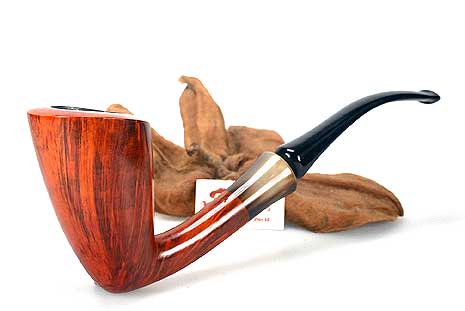
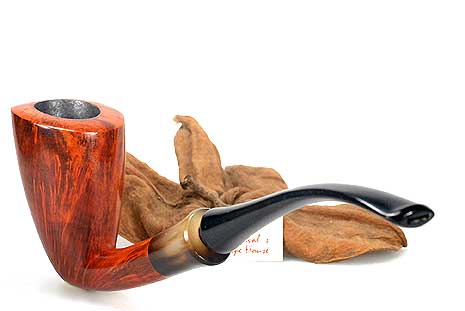
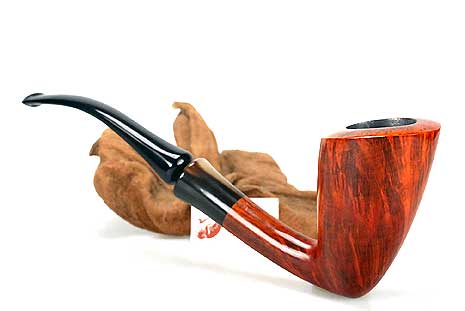

The pipe was listed as a 121 AR and on the front of the shank where it joins the horn extension is a stamping that reads 121 AR. Usually the class or grade of pipe is stamped in this location, i.e. STRAIGHT GRAIN, SELECT, SUPER but I’ve never seen AR.
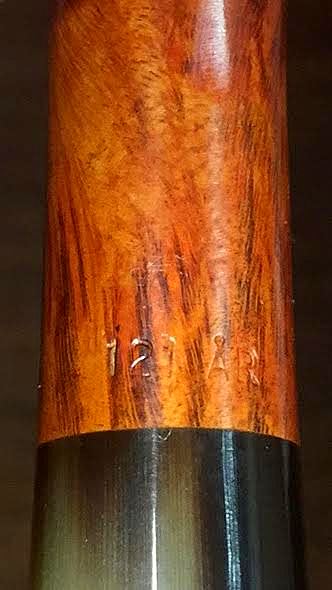
On the back of the shank is the usual W. Ø. LARSEN | HANDMADE | MADE IN DENMARK stamping used from the early-mid 70’s onward. There’s no grade or model number (I assume 121 is the model).
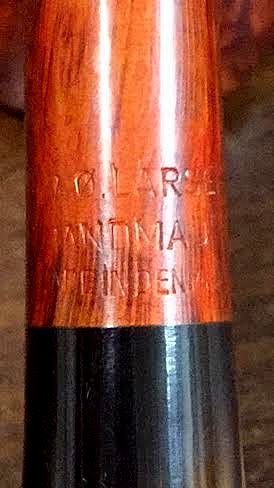
Does anyone know what the AR stands for or denotes? I’ve done a Google search and the only relevant data returned is this pipe’s listing on Esterval’s site so I’m guessing 121 or AR were not common Larsen designations.
I have no idea who made this one but I came across a very similar pipe listed on finepipes.com that was made by Sven Knudsen (Teddy’s older brother) who was Larsen’s manager and made many of their pipes in the early 1960’s.

This one is more recent, probably from the 1980’s or later. If anyone knows anything about the AR stamping or this shape in general, please give a holler! This one's a mystery to me.




The pipe was listed as a 121 AR and on the front of the shank where it joins the horn extension is a stamping that reads 121 AR. Usually the class or grade of pipe is stamped in this location, i.e. STRAIGHT GRAIN, SELECT, SUPER but I’ve never seen AR.

On the back of the shank is the usual W. Ø. LARSEN | HANDMADE | MADE IN DENMARK stamping used from the early-mid 70’s onward. There’s no grade or model number (I assume 121 is the model).

Does anyone know what the AR stands for or denotes? I’ve done a Google search and the only relevant data returned is this pipe’s listing on Esterval’s site so I’m guessing 121 or AR were not common Larsen designations.
I have no idea who made this one but I came across a very similar pipe listed on finepipes.com that was made by Sven Knudsen (Teddy’s older brother) who was Larsen’s manager and made many of their pipes in the early 1960’s.

This one is more recent, probably from the 1980’s or later. If anyone knows anything about the AR stamping or this shape in general, please give a holler! This one's a mystery to me.




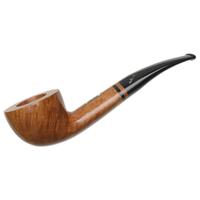
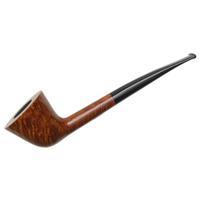

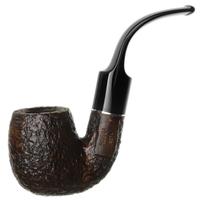




 :
: